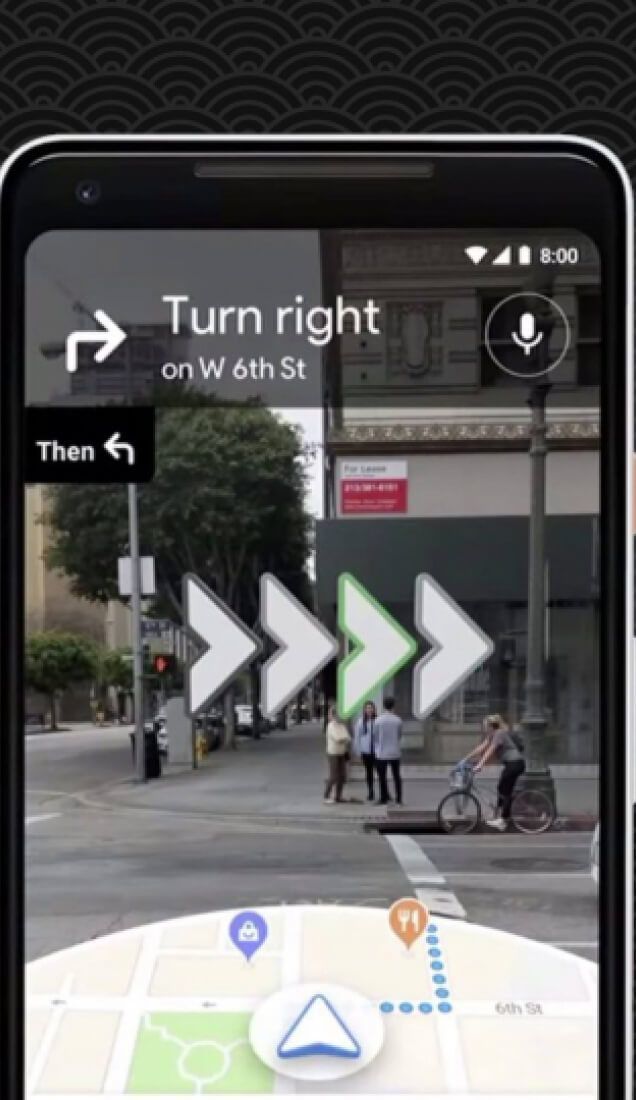Analysis of Reciprocity as a Marketing Strategy
December 2, 2019
Reciprocity, a fundamental principle of human behavior, plays a significant role in marketing strategies today. Here’s how businesses can effectively utilize reciprocity to enhance customer engagement and loyalty:
Types of Reciprocity in Marketing
- Material Reciprocity: This involves tangible exchanges such as discounts, loyalty points, referral rewards, or free samples. These incentives encourage customers to make a purchase or continue engaging with the brand.
- Emotional Reciprocity: This is about creating intangible gestures that evoke positive feelings and build emotional connections. Examples include personalized thank-you notes, surprise gifts, or giving customers the freedom to choose their rewards.
Strategies to Use Reciprocity in Marketing
- Offer Value First: Initiate the principle of reciprocity by offering something of value upfront. This could be a free resource like an eBook, access to exclusive content, or a discount on the first purchase. By giving first, businesses trigger a sense of indebtedness in customers, increasing the likelihood of reciprocation through purchases or further engagement.
- Personalization and Choice: Instead of generic rewards, personalize offerings based on customer preferences or behavior. Allow customers to choose their rewards or customize their experience. This not only shows appreciation but also enhances the feeling of being valued as individuals rather than just consumers.
- Create Memorable Experiences: Stand out by offering unique experiences rather than routine transactions. For instance, hosting live events, providing personalized consultations, or offering behind-the-scenes tours can create lasting impressions and strengthen brand recall.
- Maintain Relationships: After the initial interaction, continue nurturing relationships through ongoing engagement. This could involve follow-up emails, exclusive updates, or additional rewards for repeat purchases or referrals. Loyalty programs are effective in fostering long-term relationships by rewarding continued engagement.
Case Study: Philip Kunz’s Christmas Card Experiment
Philip Kunz’s experiment with sending Christmas cards to strangers illustrates how reciprocity can evoke positive responses and build connections. Despite the lack of prior acquaintance, recipients felt compelled to reciprocate the gesture. Similarly, in marketing, offering something valuable first can initiate a positive cycle of engagement and loyalty.
Conclusion
By leveraging the principle of reciprocity, businesses can not only attract new customers but also retain them by fostering deeper connections and loyalty. Whether through tangible rewards or emotional gestures, reciprocity serves as a powerful tool in building customer relationships and enhancing brand advocacy. Understanding and implementing these strategies effectively can differentiate your brand in competitive markets while creating meaningful interactions that resonate with customers.








